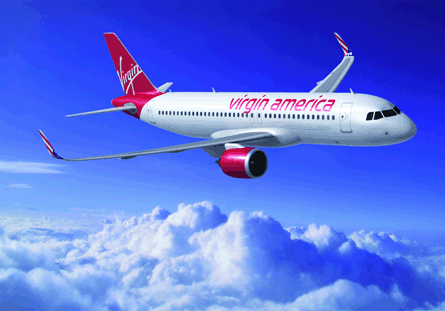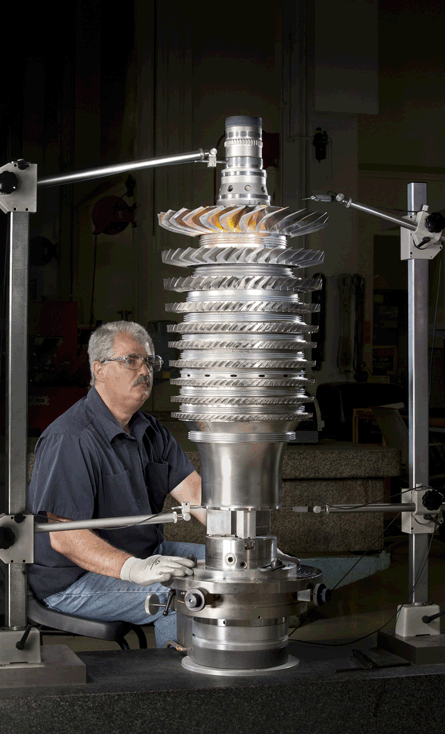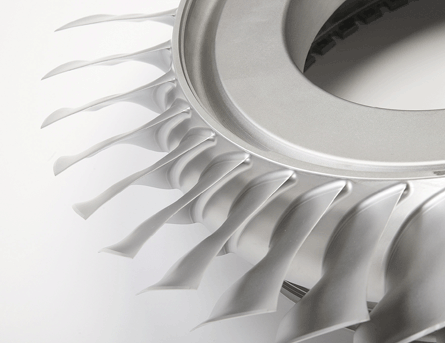New-generation narrowbody engines have moved into the spotlight since the launch late last year of the Airbus A320neo, prompting dozens of carrier to start analysing the benefits and drawbacks of new powerplant technology.
Virgin America's A320neo order triggered the first formal competition between the CFM International Leap-X and Pratt & Whitney PW1100G. Two other carriers, India's IndiGo and Brazil's TAM, have signed memoranda of understanding to acquire A320neos, and as part of A320neo evaluations several major airlines are examining the two new engines, which account for most of the 15% fuel burn improvement touted by Airbus for the re-engining programme. Decisions are expected by mid-year.
However, the A320neo, due to enter service in the second half of 2016, is by no means a sure bet for any airline. Engine maintenance costs are one of the main question marks.
 |
|---|
© AirbusVirgin America's A320neo order triggered the first formal competition between the Leap-X and Pratt & Whitney engines |
CFM and Pratt & Whitney are both promising lower maintenance costs, although the new powerplants' cores will run hotter than those of current-generation engines. Several potential customers, however, remain sceptical.
"We are very concerned about the life cycle and maintenance costs of new-generation engines," says Qatar Airways management adviser Stephen Vella.
"Engine manufacturers are trying to extract more and more from existing technology and some, in our opinion, have unrealistic expectations. This will affect reliability and on-wing time adversely, and therefore cost per engine flight hour. Maintenance cost and other extensive guarantees form an integral part of our engine selection process."
Life cycle and maintenance costs are also a concern of low-cost airlines.
"We need to understand the logic better and we are working with manufacturers to understand this limitation," says AirAsia head of engineering Azhari Dahlan. Lufthansa is also participating in the customer focus teams for both new engine programmes but has yet to receive sufficient data to be assured of lower maintenance costs, says Lufthansa group fleet management executive vice-president Nico Buchholz. "The only thing I see at the moment is the fuel burn. The maintenance costs, I'm yet to be convinced."
However, Virgin America chief executive David Cush voices confidence: "Everything we've seen says the engine will be on wing longer and have lower maintenance costs."
So far, Virgin America is more familiar with GTF technology, which is featured on the PW1100G. But "from everything we are hearing we should be able to get the same maintenance efficiencies" for the Leap-X, says Cush. He adds that both manufacturers are also making similar promises when it comes to reduced fuel burn.
The "true competition" is only beginning this month, ahead of a decision by the end of June but before signing its 30-aircraft order in January, Virgin America had enough data on the two engines to be confident the A320neo will reach the 15% target, says Cush.
"Most people, when they talk about a new aircraft, they are talking about 20%, maybe a few percentage points more, in terms of fuel efficiency gain," he notes. "The way we are looking at this is: we are getting three quarters of the efficiency gains with none of the headaches of a new fleet or a second fleet."
|
|---|
 |
© CFM InternationalCFM's Leap-X promises "reduced fuel burn" |
Commonality between the current-generation A320 and A320neo was the single biggest factor in Virgin America's decision to sign as A320neo launch customer, says Cush, citing 95% parts commonality and a cockpit that is "essentially the same". He adds: "The alternative for us is a new aircraft, and that ruins a lot of our economics."
Virgin America today operates 35 CFM56-powered A320-family aircraft. It expects to take eight more A320s by the end of 2011, another 10 in 2012, and another 30 current-generation A320s in the period from 2013 until delivery of its first of 30 A320neos in the second half of 2016.
Some of Virgin America's older A320s will start to come off lease in 2015 and 2016, but Cush envisages it operating a mixed fleet of current-generation A320s and Neos for "quite a long time".
Naturally, some carriers that have not yet committed to the A320neo are pushing for further fuel-burn improvements. "The manufacturers need to do more as fuel costs will continue to increase," says AirAsia's Azhari.
RANGE IS CRITICAL
In addition to fuel consumption and maintenance costs, factors in AirAsia's A320neo evaluation include maintenance time, MRO location, customer technical support, acquisition costs, future resale value and design suitability to the low-cost carrier model.
Last month, AirAsia deferred delivery of 10 A320s from 2012 to 2015, seeking "flexibility to switch" to a "new-generation A320 which is more fuel efficient". Azhari declines to say when AirAsia expects to make a decision on its post-2015 fleet.
Buchholz says Lufthansa's A320neo decision is not imminent. "We are evaluating that," he says. "It's something that, if all the elements are right, we would consider, but it's a bit early."
For Lufthansa, range is critical. The airline uses its A320s and Boeing 737s on shorter sectors than other operators. "We have in the group some 737 new generations, we have some 737 classics. The 737 classics are outperformed by far by the new generation of the A320s. [But] if you don't need that sort of operational capacity obviously you are paying for it on each flight," Buchholz says, referring to the extra range.
"That's why we still have the classics. You really need to see if the Neo just gives me that much more of what you don't need."
He adds that generally, when Lufthansa looks at new aircraft, the main question is: "Do we get a tangible operational, environmental and economical benefit?"
For Qatar, the relevant factors are aircraft size, payload and range; take-off and en route performance; cabin layout dimensions and features; cargo capability; facilities impact; noise and emissions; aircraft systems philosophy and maturity; maintainability; commonality with existing fleet; product support quality, guarantees and warranties; and investment in spare parts, tooling and ground equipment.
"Each of these factors has a different degree of influence on the overall evaluation," says Vella. "New aircraft operating economics are benchmarked against the existing fleet in a proprietary evaluation model that brings together on the one hand forecast demand and yield to derive revenue, and on the other hand the variable and fixed costs associated with each of the aircraft types under evaluation to determine relative operating profit.
"Aircraft availability and net pricing do have a significant influence on the results, as do relative fuel burn and maintenance costs. The beauty of an evaluation model is that it facilitates extensive sensitivity analysis of all evaluation variables so that we can understand how they influence the economic result. This is very useful during manufacturer negotiations." Qatar plans to make a decision "within the next six months, probably before the Paris air show", says Vella. "Our evaluation is focused on the A320neo and the [Bombardier] CSeries; it is not inconceivable that we might order both as they are distinct aircraft families optimised for different missions. The 737NG makes no sense for Qatar Airways as it does not deliver anything different than what we currently have on our new A320s."
In 2016 and 2017, A320neo slots are limited because it will take time to spool up production of the Leap-X and PW1100G. As a result Airbus will have to continue producing both the A320 and A320neo for some time.
"My suspicion is in the months to come Airbus will sell out of Neo positions fairly quickly," Cush says. "It was tough negotiating just to get the positions we did get."
Panama's Copa and South Africa's Comair, which have recently placed new 737NG orders, did not give the A320neo any serious consideration. "We remain very satisfied with the economics, passenger acceptance and reliability of the 737-800," says Copa senior vice-president of operations Dan Gunn.
Comair joint chief executive Gidon Novick notes: "All the knowledge we have built up is with Boeing."
FUEL ECONOMICS
However, Novick acknowledges that "we'd love more" than the 2% fuel burn improvement being introduced later this year, as part of a package of 737NG improvements that includes the upgraded CFM56-7BE Evolution engine, and Gunn says Copa is "looking forward to the improved fuel economics which should give the aircraft an advantage on the long hauls relative to the current aircraft".
Meanwhile, Bill Ayer - chief of Alaska Air, which recently placed its first 737-900ER order - asserts: "We like the airplanes that Boeing produces and we are interested to see what they come up with next."
Boeing is not expected to start producing a new-generation narrowbody until early next decade, and many of its customers appear not to mind the wait as long as it ushers in a true step change in efficiency.
This raises a question: how big an advantage is there in scooping up early A320neo delivery slots, and is it big enough to entice Boeing to speed up its response?
"My gut feel is if Boeing goes forward with a new aircraft sometime in 2023 or 2025, that will be a more efficient aircraft than the Neo," says Virgin America's Cush. "The flip side is we'll have had seven or eight years of operating a much more efficient airplane."
Source: Flight International
























